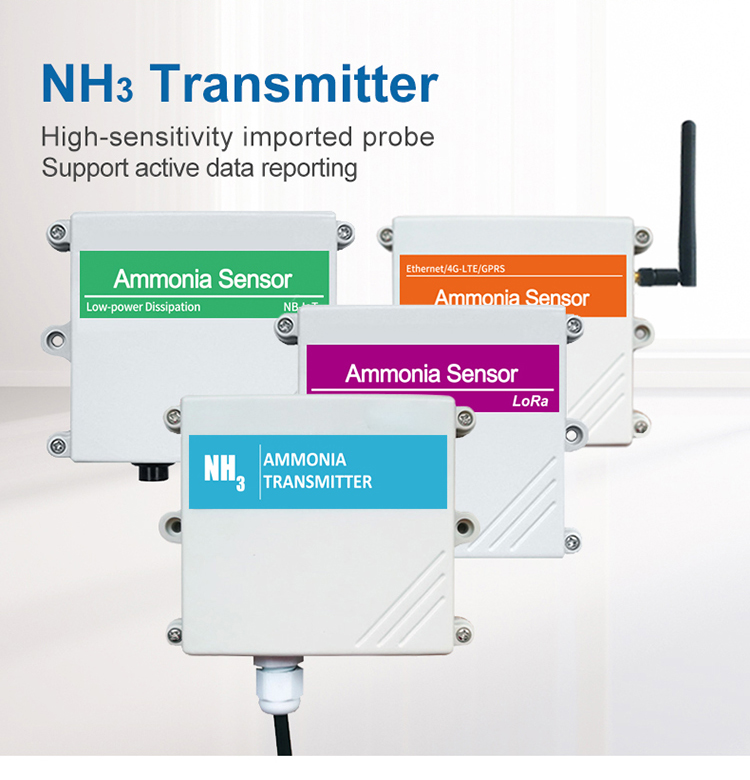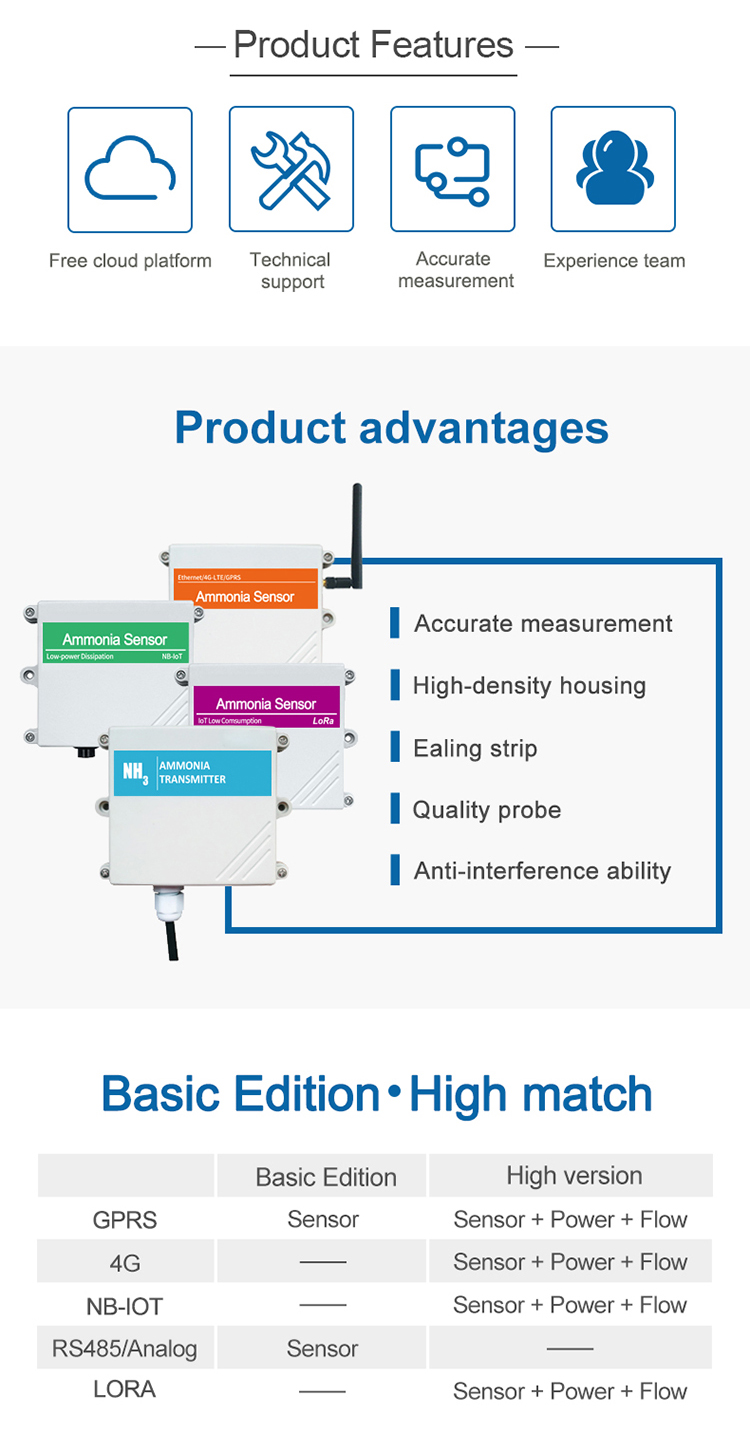Understanding ammonia sensors

Ammonia Sensor, also known as an ammonia ick switch, is a device used to detect and measure the concentration of ammonia in a given environment. It is a crucial tool for a variety of applications, including industrial safety, environmental monitoring, and home air quality control.
How ammonia gas sensors work
NH3 Gas Detector-Ammonia Sensor
Ammonia sensor work by electronically detecting the gas molecules that come into contact with the sensor’s surface. When ammonia molecules come into contact with the sensor, they create a unique electrical signal that is proportional to the ammonia concentration in the air. The sensor then processes this signal and displays the ammonia concentration on a digital display or sends it to a computer or other recording device.
Application scenario of ammonia sensors
Ammonia sensors are used in a range of industries, including food processing, animal husbandry, and fertilizer production. In food processing facilities, for example, sensors can be used to detect ammonia leaks in the refrigeration system, which helps prevent the growth of mold and bacteria. In animal husbandry, sensors can be used to monitor the ammonia levels in animal barns, ensuring that the air quality is safe for the animals. In fertilizer production, sensors can be used to detect harmful levels of ammonia in the air, protecting workers from exposure.

Ammonia sensor are also commonly found in residential settings, particularly in swimming pool and hot tub areas. Swimming pool filters often use ammonia as a purifying agent, and sensors can be used to detect dangerous levels of ammonia in case of a leak or other problem with the filter system. Similarly, hot tubs and spas sometimes use ammonia as a disinfectant, and sensors can be used to ensure that the water quality is safe for bathers.
When selecting ammonia sensors, it is important to consider the sensor’s sensitivity, accuracy, and response time. Sensitivity refers to the minimum concentration of ammonia that the sensor can detect, while accuracy refers to the sensor’s ability to accurately measure the ammonia concentration. Response time refers to how quickly the sensor can detect changes in ammonia concentration.
Ammonia sensors are also available in different form factors, including portable handheld devices and fixed-location sensors. Ammonia sensors also come in different forms, including portable handheld devices and fixed position sensors. Portable sensors are usually field measurements. Fixed position sensors generally monitor areas where ammonia concentrations change over time, such as barns or food processing facilities.
In conclusion, ammonia sensors are essential tools for detecting and measuring ammonia concentrations in a variety of applications. By understanding the different factors that go into choosing ammonia sensors, you can ensure the safety and air quality of the sensor.